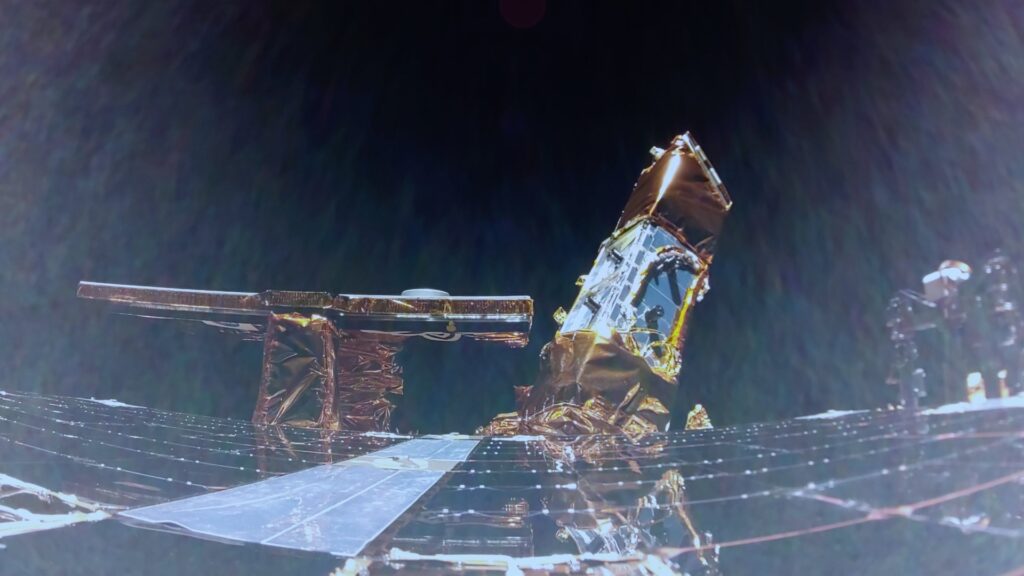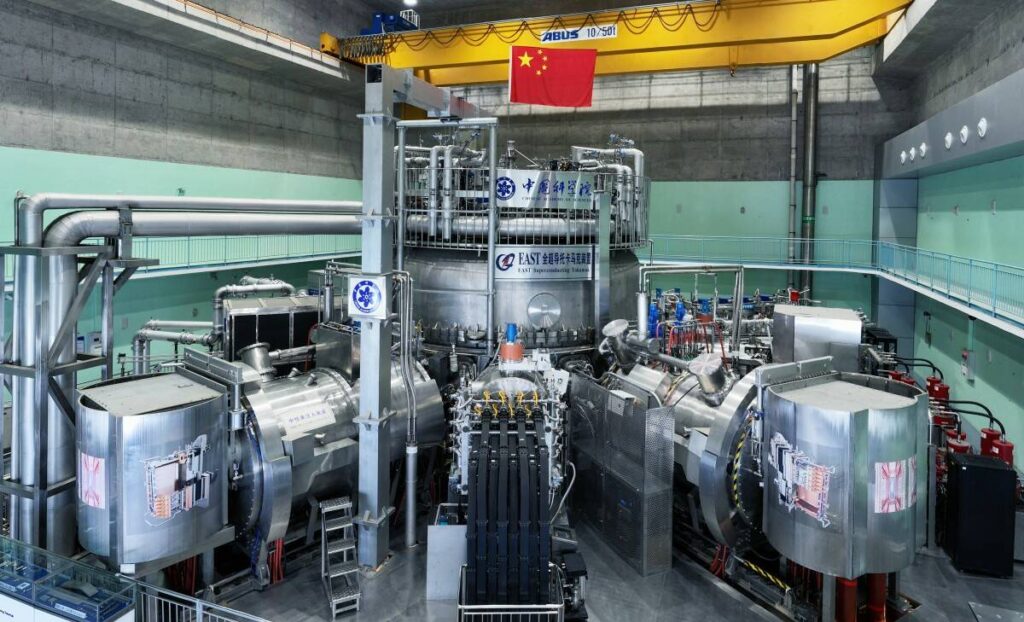NASA Nighttime Images Reveal Arctic Industrial Activity

This rapid warming has spurred increased industrial activity and development, changes now illuminated in striking detail by nighttime satellite observations.
An international team of researchers, leveraging data from the U.S. Defense Meteorological Satellite Program, has discovered that artificial lighting in the Arctic increased by 5 percent annually between 1992 and 2013.
Over this 21-year span, 234,000 square miles of the Arctic landscape transitioned from dark to lit.

“Only 15 percent of the lit-up areas of the Arctic during the study period contained human settlements like homes or apartment buildings, which tells us that most of the artificial light is due to industrial activities rather than urban or residential development,” Zhuosen Wang, a member of the research team and a scientist at NASA’s Goddard Space Flight Center, said in a statement.
Key drivers of this illumination include oil and gas extraction and mining operations.
The study found stark contrasts across the Arctic. The Russian Arctic experienced the largest growth in artificial light, with lit areas expanding by almost 170,000 square miles—an area larger than the footprint of California.
Regions such as Khanty-Mansi and Yamal-Nenets led this surge, fueled by oil field expansions—such as the Samotlor, one of the world’s largest oil fields.
By 2013, oil and gas extraction zones in Russia’s Arctic—including Khanty-Mansi, Yamal-Nenets and Nenets—spanned a lit area of 131,000 square miles, almost the size of Germany.

Extractive industries showed patterns of both growth and regression. Wang said, “Extractive industries follow lifecycle phases of expansion and contraction, which is why we see reductions in artificial lights in some places reliant on oil, gas, or mining, without significant human settlement and economic diversification.”
The European Arctic accounted for a total of 61,000 square miles of illuminated area, significantly surpassing the 19,000 square miles observed in the North American Arctic.
Among notable industrial sites, the research team identified key mineral extraction operations, including Alaska’s remote Red Dog Mine, which was recognized as the world’s second-largest zinc producer as of 2018.

While data from the Defense Meteorological Satellite Program provided the foundation for this analysis, NASA’s Black Marble team, led by Wang, is working with newer, higher-resolution data from the Visible Infrared Imaging Radiometer Suite instrument aboard NASA-NOAA satellites.
While this data can detect dimmer light sources, the team faces challenges such as filtering out natural light from auroras and moonlit snow.
“By providing real-time, high-resolution insights, we will be able to better identify changes in industrial activity,” Miguel Román, the deputy director for atmospheres at Goddard, said in a statement.
He added, “These analyses can help ensure responsible resource management and protect the ecosystems vital to both local and global stability.”
Do you have a tip on a science story that Newsweek should be covering? Do you have a question about the Arctic? Let us know via [email protected].
Reference
Akandil, C., Plekhanova, E., Rietze, N., Oehri, J., Román, M. O., Wang, Z., Radeloff, V. C., & Schaepman-Strub, G. (2024). Artificial light at night reveals hotspots and rapid development of industrial activity in the Arctic. Proceedings of the National Academy of Sciences, 121(44), e2322269121. https://doi.org/10.1073/pnas.2322269121
Discover more from Tamfis Nigeria Lmited
Subscribe to get the latest posts sent to your email.



 Hot Deals
Hot Deals Shopfinish
Shopfinish Shop
Shop Appliances
Appliances Babies & Kids
Babies & Kids Best Selling
Best Selling Books
Books Consumer Electronics
Consumer Electronics Furniture
Furniture Home & Kitchen
Home & Kitchen Jewelry
Jewelry Luxury & Beauty
Luxury & Beauty Shoes
Shoes Training & Certifications
Training & Certifications Wears & Clothings
Wears & Clothings
















